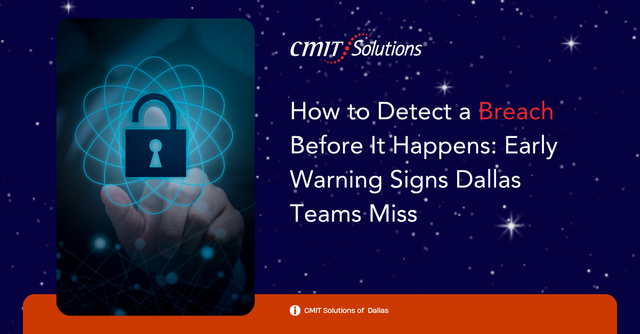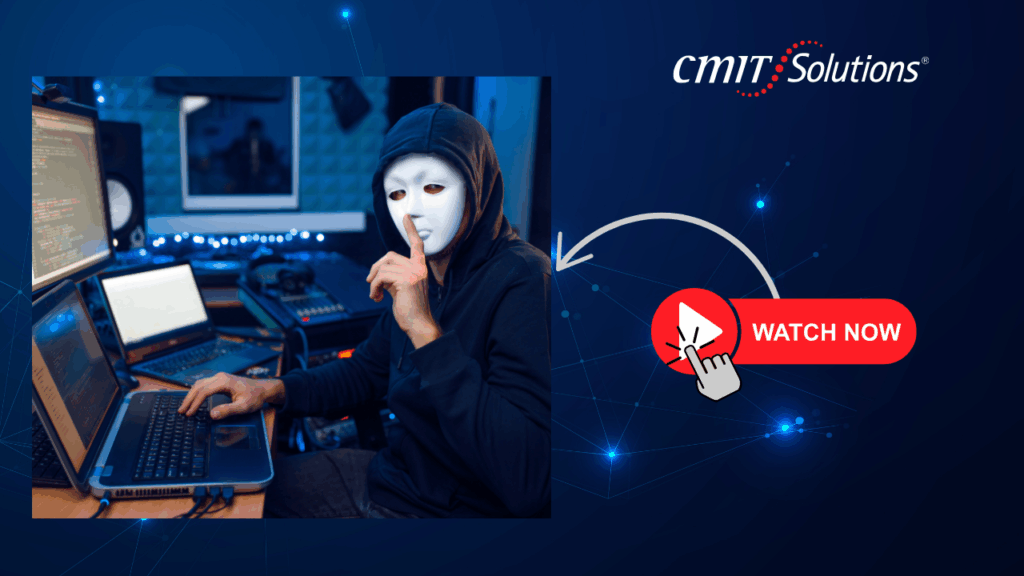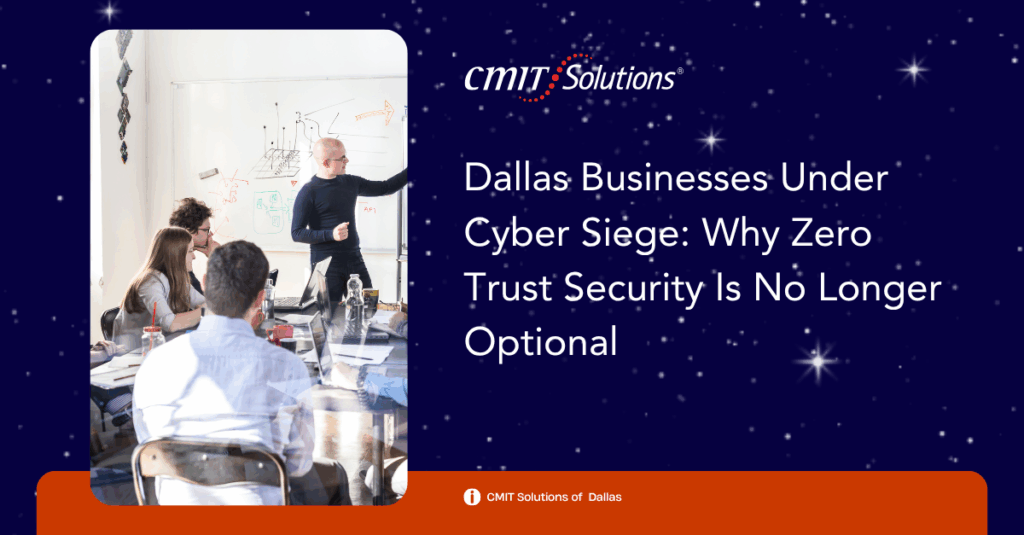Cybersecurity threats are no longer a question of if but when. Especially for small and medium-sized businesses in Texas, the risk of a breach is omnipresent. In a digitally connected economy, every overlooked login attempt, unpatched system, or shadow IT tool could serve as a gateway for threat actors. But breaches don’t erupt overnight. They evolve through neglected vulnerabilities that are often dismissed as harmless glitches. For Dallas companies, success lies in spotting these threats early—long before they snowball into full-scale cyberattacks. That requires a proactive mindset and intelligent support infrastructure. Understanding the importance of proactive IT support is where that journey begins.
Understanding the Breach Lifecycle
Most cyberattacks follow a predictable pattern: reconnaissance, infiltration, escalation, and exfiltration. By understanding this lifecycle, Dallas businesses can deploy defenses at every stage. Proactive monitoring tools, threat intelligence systems, and automated alerts offer visibility into what would otherwise remain hidden.
For instance, reconnaissance often appears as harmless traffic. However, unusual login times or failed access attempts should raise immediate flags. During infiltration, outdated operating systems or misconfigured firewalls can give attackers a foothold. With escalation, privileges are quietly elevated, and exfiltration typically involves subtle data transfers. Detecting such behavior requires intelligent network management to continuously analyze and respond.
Key Early Warning Signs of a Breach
Before a breach fully materializes, several indicators can act as a warning system. Being alert to these subtle red flags can give businesses the upper hand in stopping an attack before it spreads.
1. Unusual User Activity:
Accounts exhibiting erratic behavior—such as logging in from foreign IPs, accessing systems during off-hours, or rapidly opening large volumes of files—are strong indicators of compromise. These actions might seem minor in isolation but are deeply suspicious when occurring together.
By using tools with behavioral analytics, companies can monitor these patterns and compare them against established baselines. Systems like UBA or SIEMs flag anomalies and integrate with network management platforms to contain potential threats before escalation.
2. Spike in Privileged Access Requests:
Attackers often attempt to gain admin-level control once inside the system. A sudden increase in users requesting elevated permissions or unusual access to restricted systems may be an early signal of internal compromise or a threat actor masquerading as a legitimate user.
Privileged Access Management (PAM) and Role-Based Access Controls (RBAC) help track and control this type of activity. Aligning this approach with a Zero Trust architecture ensures tighter identity verification and limits lateral movement.
3. Disabled Security Tools:
Disabling antivirus software, firewalls, or endpoint detection tools without authorization is often one of the first steps taken by malware or attackers to avoid detection. If your system logs show tools going offline unexpectedly, it’s time to investigate immediately.
This tactic is used by ransomware in particular, making it vital to track any system-level security interruptions. Deploying ransomware-proof backup solutions and enabling notification for system status changes creates a strong first line of defense.
4. Sudden Data Transfers or Unusual Network Traffic:
Large data transfers to unknown destinations or bursts of outbound traffic during non-business hours could point to an ongoing data exfiltration. This behavior is especially dangerous if encryption is used to mask the transfer.
Businesses can detect and mitigate this with traffic analysis tools that flag unusual network behavior and alert IT teams. Paired with cloud monitoring, this helps maintain visibility into both local and hybrid infrastructure activity.
5. Appearance of New, Unknown Applications:
Rogue software often enters systems through phishing emails or drive-by downloads. If new programs appear on devices without going through the IT approval process, they might be malware trying to maintain persistence.
Conducting regular audits and using application allow lists prevent unauthorized programs from executing. Backed by a custom IT package designed for software control, this can significantly reduce exposure to emerging threats.
Unusual Network Behavior Is a Red Flag
A clear breach warning is anomalous network activity. Spikes in traffic at 2 a.m. or large data transfers to unfamiliar IPs may indicate an attacker moving laterally. While these events are easy to miss without the right monitoring, implementing advanced network management tools makes them easier to identify and contain.
The Rise of Shadow AI in Workplaces
Generative AI tools like ChatGPT and Copilot are revolutionizing productivity—but not always with security in mind. Employees might adopt unvetted tools without IT approval, exposing sensitive data or bypassing compliance protocols. The increasing use of Shadow AI signals a growing internal threat, especially when data is shared without encryption or audit trails.
Cloud Misconfigurations: An Open Door
The cloud offers businesses in Dallas flexibility, scalability, and access to enterprise-level tools. But when those tools aren’t configured properly—such as when permissions are left wide open or API credentials are stored insecurely—your entire environment becomes vulnerable. It only takes one overlooked setting for cybercriminals to bypass protections and access sensitive data. Common missteps include publicly accessible databases, outdated cloud policies, or overprivileged users.
To reduce this risk, businesses should implement a cloud-smart architecture that accounts for hybrid deployments, strong encryption, and continuous access controls. Regular audits and misconfiguration protection help catch issues before they can be exploited. Managed service providers also help streamline configuration and cloud compliance so you’re never caught off guard.
Outdated Operating Systems Are an Invitation
Many businesses in Dallas still rely on Windows 10—even as its official support phase-out draws near. Running an unsupported OS creates gaping holes in your cybersecurity armor. Without regular security updates, patches, and compatibility with newer defense tools, these systems become an easy target for known exploits. Cybercriminals scan networks for outdated OS versions daily.
Organizations should prepare now for the Windows 10 end-of-life transition by modernizing infrastructure, upgrading endpoints, and enhancing patch management policies. This is also an opportunity to align system upgrades with your broader digital strategy and explore integrated productivity applications that improve both security and efficiency.
System Slowness Might Be Ransomware
A slow computer or unresponsive app might seem like a typical IT hiccup—but in many cases, it’s a symptom of something far more dangerous. Malware and ransomware often consume system resources while encrypting files or establishing connections to command-and-control servers. By the time employees realize something’s wrong, critical data may already be compromised.
Relying on ransomware-proof backup solutions can mean the difference between a fast recovery and total data loss. Proactive monitoring, endpoint protection, and secure data backup strategies all work together to spot ransomware early. Integrating these into a custom IT package tailored to your risk profile offers additional peace of mind.
Final Thoughts: Act Before the Breach
The most secure businesses aren’t lucky—they’re prepared. That preparation starts with awareness of early warning signs and continues with proactive investment in modern tools and expert partnerships. Breaches can be devastating, but with the right systems in place, you can detect and defuse them long before they cause harm.
Don’t let your business become the next cautionary tale. Start with better monitoring, real-time analytics, employee training, and ongoing risk assessments. From smarter procurement to Zero Trust and ransomware-proof backups, the path to cybersecurity readiness is clear—and it begins now.







